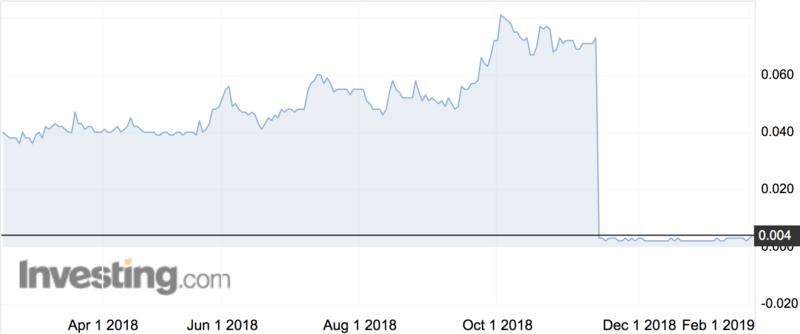What Factor got right in the drug trial that wiped out a $60m company in a second

Pic: sinology / Moment via Getty Images
One of the bigger stories in biotech land last year was that of Brisbane small cap Factor Therapeutics, the company that shed almost all of its value when a Phase II clinical trial it was conducting did not work out.
Factor (ASX:FTT) was hoping its wound dressing treatment, VF001, would become the new standard for treating patients with venous leg ulcers – chronic wounds which are costly and difficult to treat.
It had passed Phase I safety and tolerability trials, which had raised hopes, but it failed to show any difference to standard care treatment and the company is now in the process of being wound up.
The company’s shares have been fluctuating between 0.2c and 0.4c ever since.

It would be easy to view this as a failed clinical trial, but Dr Rosalind Wilson, CEO of the virtually non-existent company, says it was anything but.
“The trial was not a failure. A failed clinical trial would have been one that produced a result that was hard to interpret and as I told shareholders at the time it didn’t; it provided us a clear basis for decision making,” she told Stockhead.
“That is the clear goal of drug development and this trial has moved things forward in the world of wound healing.
“When we publish the results, the next person who comes along to tackle venous leg ulcers will be able to read them and use that to inform their own trials and further advancing the field.
“I feel very proud of what we did and we went about it in the right way.”
More rigorous clinical trials ‘the way forward’
Scott Power, a senior health analyst at Morgans, agrees.
“It didn’t work, but what they tried to do was the right approach,” says Mr Power.
“They identified the target that the data had told them had the highest chance of succeeding. It was a small population base and had it worked it would have made it easier to take the drug to market.”
- Subscribe to our daily newsletter
- Bookmark this link for small cap news
- Join our small cap Facebook group
- Follow us on Facebook or Twitter
Mr Power says clinical trials such as Factor’s Phase II venous leg ulcer trial, which are backed by previous data and rigorously designed, provide lessons for biotech companies.
“Designing trials that give you the best chance for a good outcome is the way forward,” he says. “We will start to see better designed and more sophisticated trials, with better analysis work being done beforehand.”
“We did some additional analysis on the dataset from the original trial,” Dr Wilson explains. “That helped to inform the choices we made, particularly around the group of patients we were going to target and their characteristics.
“We did our best to apply the principles of personalised medicine, which is all about the right treatment for the right patient at the right time and in my heart of hearts I felt we were on the right track.”
It just didn’t work
“What the results of the trial showed us was that standard care, when done well, is still very effective,” Dr Wilson says.
She has some reservations about the potential differences between ‘standard care’ applied in clinical trials and general practice.
“Patients, unfortunately in a lot of cases, don’t get standard care,” she says. “The hurdle in drug development is you have to show improvement over best practice.
“Regulators however are agnostic as to whether ‘best practice’ is what goes on in the real world.
“If we had undertaken a trial where patients didn’t need standard care and could just come in for a cup of tea every week we might have shown a benefit, but then the regulators would have said that we weren’t proving anything.
“I like to think our product was a bit before its time and with more information, in the future, it might be of benefit.”
UNLOCK INSIGHTS
Discover the untold stories of emerging ASX stocks.
Daily news and expert analysis, it's free to subscribe.
By proceeding, you confirm you understand that we handle personal information in accordance with our Privacy Policy.








